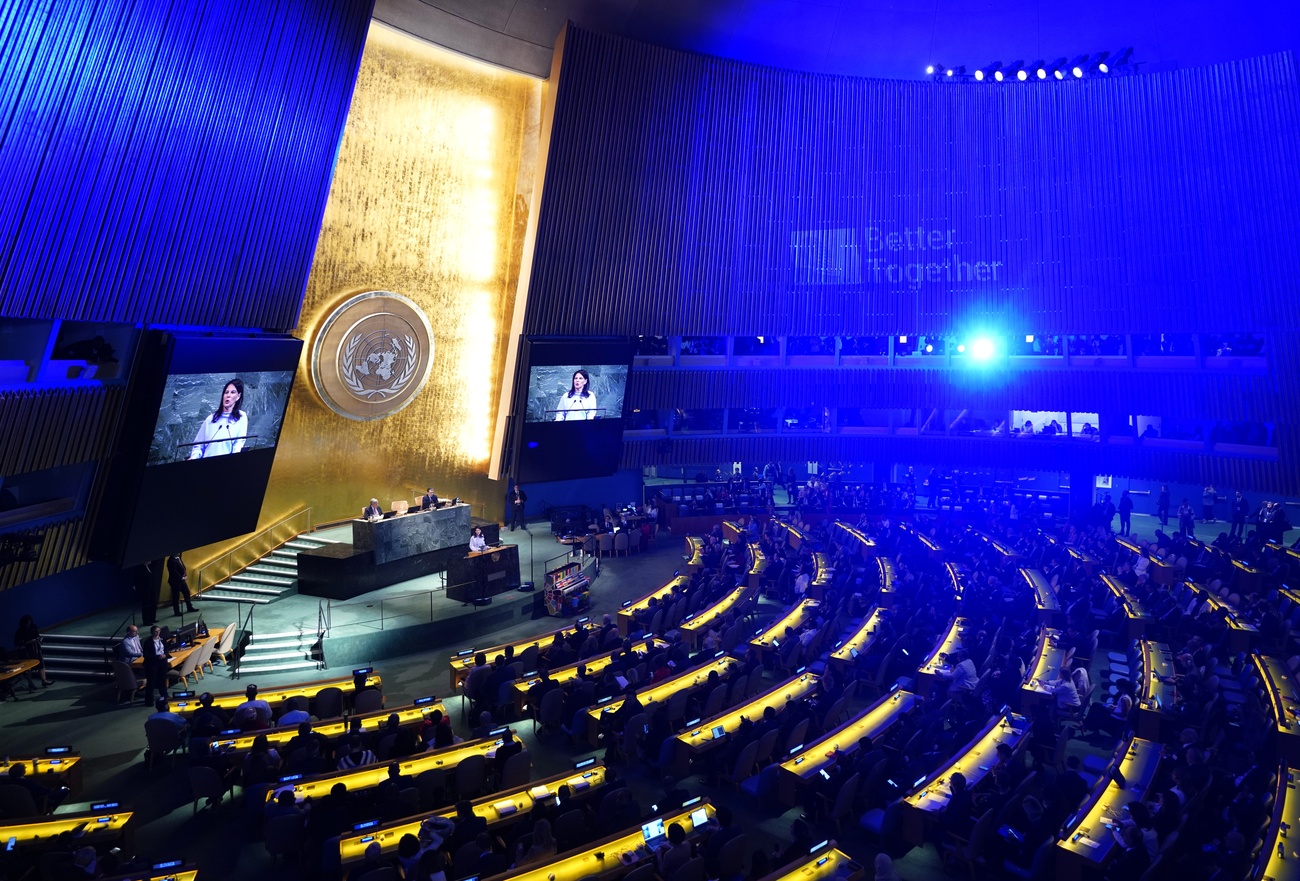
Syrian protests gather pace

Three weeks after the first protests in the southern city of Daraa, unprecedented challenges to the rule of Syrian President Bashar al-Assad continue to spread.
Despite bloody crackdowns, pledges of reform and attempts to appease minority Kurds and conservative Sunnis, calls for more freedoms have yet to abate. Indeed, protests are taking place across the entire country, according to a Swiss-based Syrian.
On Wednesday thousands of women and children holding white flags and olive branches blocked a main southern coastal highway demanding the release of hundreds of men who have been rounded up by authorities in the northeastern villages of Bayda and Beit Jnad and surrounding areas in recent days.
In Syria’s second city of Aleppo 500 students demanding political freedoms protested the same day on the campus of the main university.
Demonstrations have been growing steadily in different parts of the country over the past month, with tens of thousands of people calling for sweeping reforms. The Assad family has kept an iron grip on power for 40 years, in part by crushing dissent.
According to Syria’s leading pro-democracy group, the Damascus Declaration, about 200 people have died in the anti-government protests since mid-March.
In a letter sent on Monday to the Arab League, the group called for “political, diplomatic and economic sanctions on the Syrian regime”.
The White House joined a growing chorus of international condemnation, saying the “escalating repression by the Syrian government is outrageous”.
And the British government warned Britons on Tuesday not to travel to Syria unless it is absolutely necessary.
Students’ graffiti
In Geneva, United Nations human rights office spokeswoman Ravina Shamdasani said: “We are very worried about information on the rising number of protestors killed by Syrian security forces as well as mass arrests of human rights activists and harassment of journalists.”
A Swiss-based Syrian confirmed to swissinfo.ch that “protests were spreading to the entire country, including rural regions”.
“The initial demonstrations in Daraa were against the arrest and torture of a dozen young students who scrawled anti-government graffiti on school walls. After the bloody crackdown on the southern city, Syrians found it harder and harder to restrain themselves,” said the man who spoke on condition of anonymity to protect his family in Syria.
“As the repression continued a growing number of people felt the need to react and protest, especially as no one is safe from the regime’s blows. As with people elsewhere in the Arab world, Syrians are fed up having their dignity trampled on.”
Assad’s regime blames the violence during past weeks of anti-government protests on “armed gangs” paid by foreign countries. The president has made a series of overtures to try and appease the growing outrage, including sacking local officials and granting Syrian nationality to thousands of Kurds, a long-ostracised minority.
Sectarian concerns
But the gestures have failed to satisfy protesters who are demanding political freedoms and an end to the decades-old emergency laws that give the regime a free hand to arrest people without charge.
“He is pushing various communities and minorities to worry about their own interests,” said swissinfo.ch’s Syrian contact.
“But this no longer works. The Kurds reacted to being granted Syrian nationality by protesting in the streets for freedom and democracy and paying homage to the dead in Daraa.”
With Iraq to the east and Lebanon to the west, fears of sectarian strife loom large in Syria. Most Syrians are Sunnis but the country has large Shia, Druze and Christian minorities.
But as in the other Arab uprisings, economic woes and political repression, not sectarian strife, lie behind the discontent.
Middle East expert Yves Besson, a former Swiss diplomat and a member of the Swiss association for European-Arab-Muslim dialogue, feels sectarianism is still a chief concern, however.
“Given the size of the territory, the risk of tensions between communities is even greater than in Iraq. Modern urban life experienced by young people and Syrian nationalism – if it exists – do not make ancient identities disappear,” said Besson.
“These different elements of the Syrian identity are superimposed and re-emerge depending on the circumstances and needs. These multiple identities are typical of most of the states in the region and extend beyond physical borders. This is a reality that the regimes in place know very well how to instrumentalise whether at home or among neighbours.”
Switzerland recognised the new republic in 1945. From 1946 to 1958, it was represented by a chancellery in Damascus, then by a Consulate General. This was upgraded to an Embassy in 1962. In 2005, the Swiss Agency for Development and Cooperation (SDC) opened a regional cooperation office in Damascus, which coordinates activities in Syria, Jordan and Lebanon.
Political relations between Switzerland and Syria are good, but not very intensive. Although it has grown in the last couple of years, commercial exchange is modest. Switzerland chiefly exports machinery as well as pharmaceutical and chemical products. Syria participates in the SDC “Mashreq” regional project, relating to good governance, the promotion of job creation and environmental issues.
Switzerland’s Humanitarian Aid Unit helps Palestinian refugees in Syrian camps. During the most recent conflict between Israel and the Lebanese Hezbollah in the summer of 2006, Switzerland supported programmes of the Syrian Red Crescent to help Lebanese refugees.
In 2011 Switzerland launched the “Blue Peace” regional water initiative, including Syria, that aims to encourage the sustainable cross-border management of scarce water resources.
There were 196 Swiss citizens living in Syria in 2009 and 1,023 Syrians living in Switzerland.
Syria extends over 185,180 km2 and has a population of 22.5 million, half of whom live in urban areas; 52% are under 25.
Syria is home to diverse ethnic and religious groups, including Kurds, Armenians, Assyrians, Christians, Druze, Shias, Alawite Shias, and Arab Sunnis; the latter making up a majority of the Muslim population.
Modern Syria gained its independence from France in 1946 but has lived through periods of political instability driven by the conflicting interests of these various groups.
(Adapted from French by Simon Bradley)

In compliance with the JTI standards
More: SWI swissinfo.ch certified by the Journalism Trust Initiative
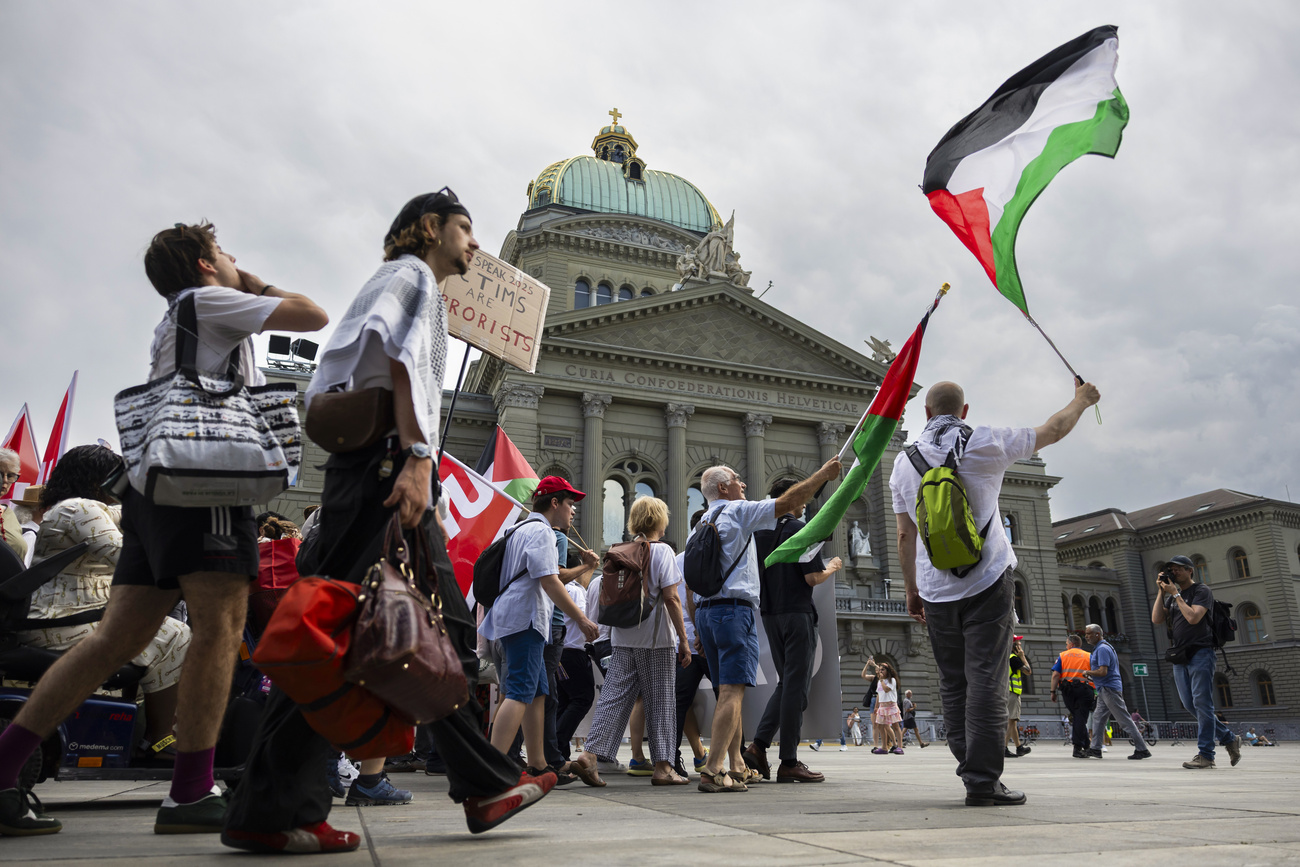
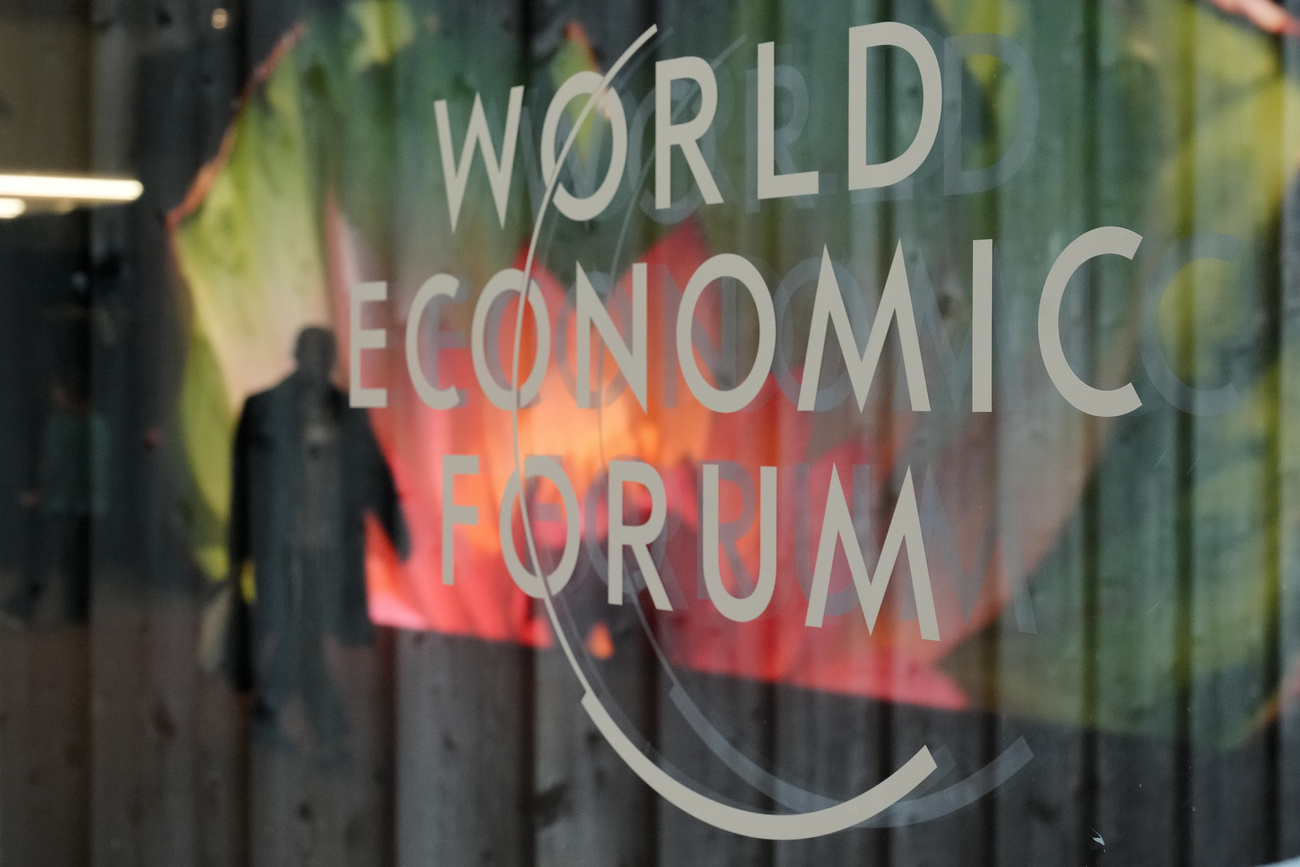
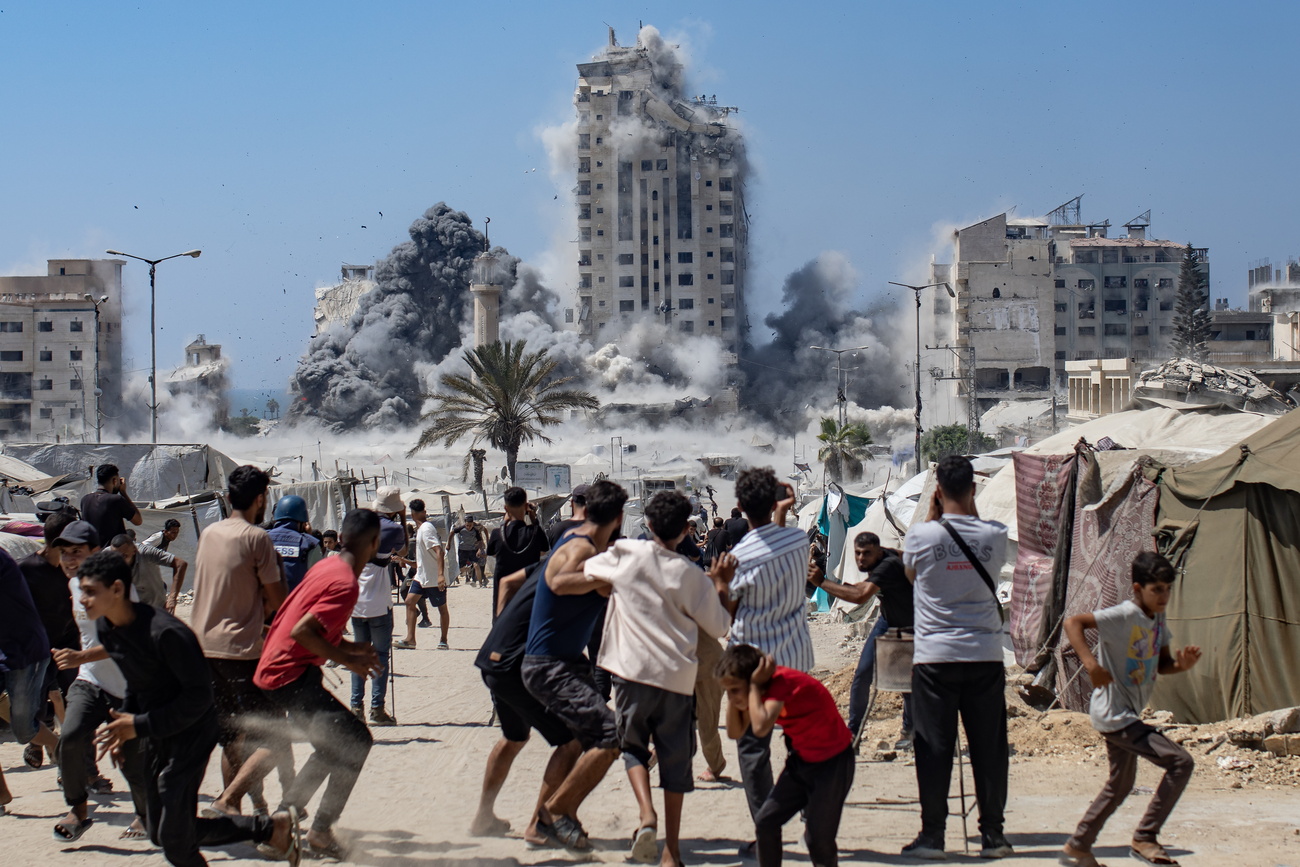






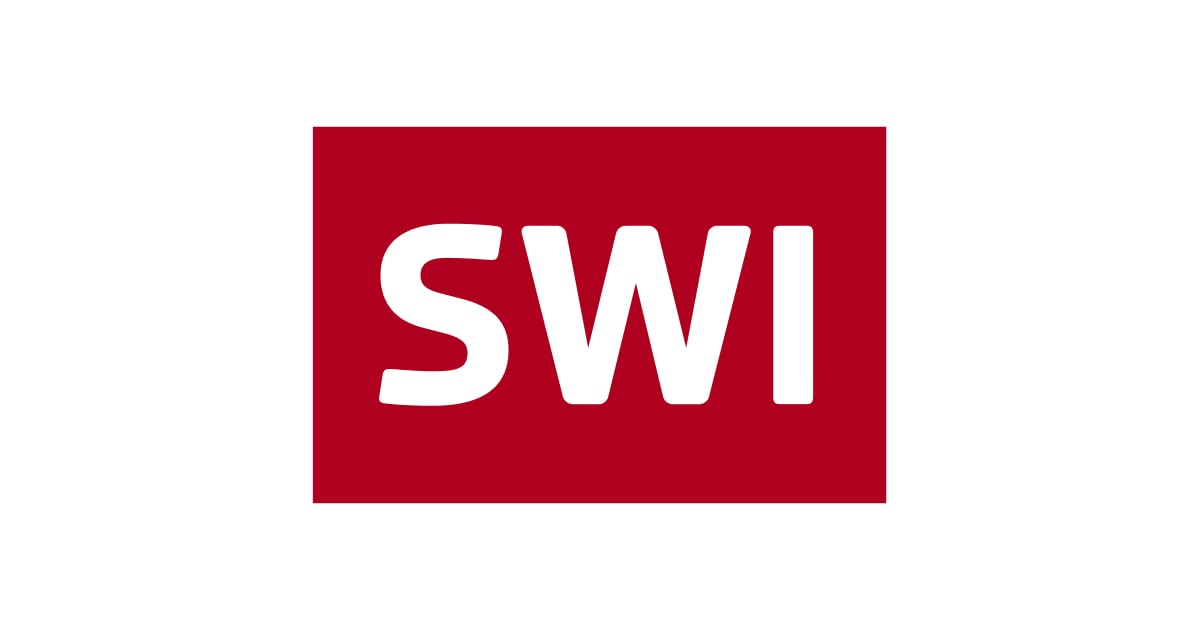
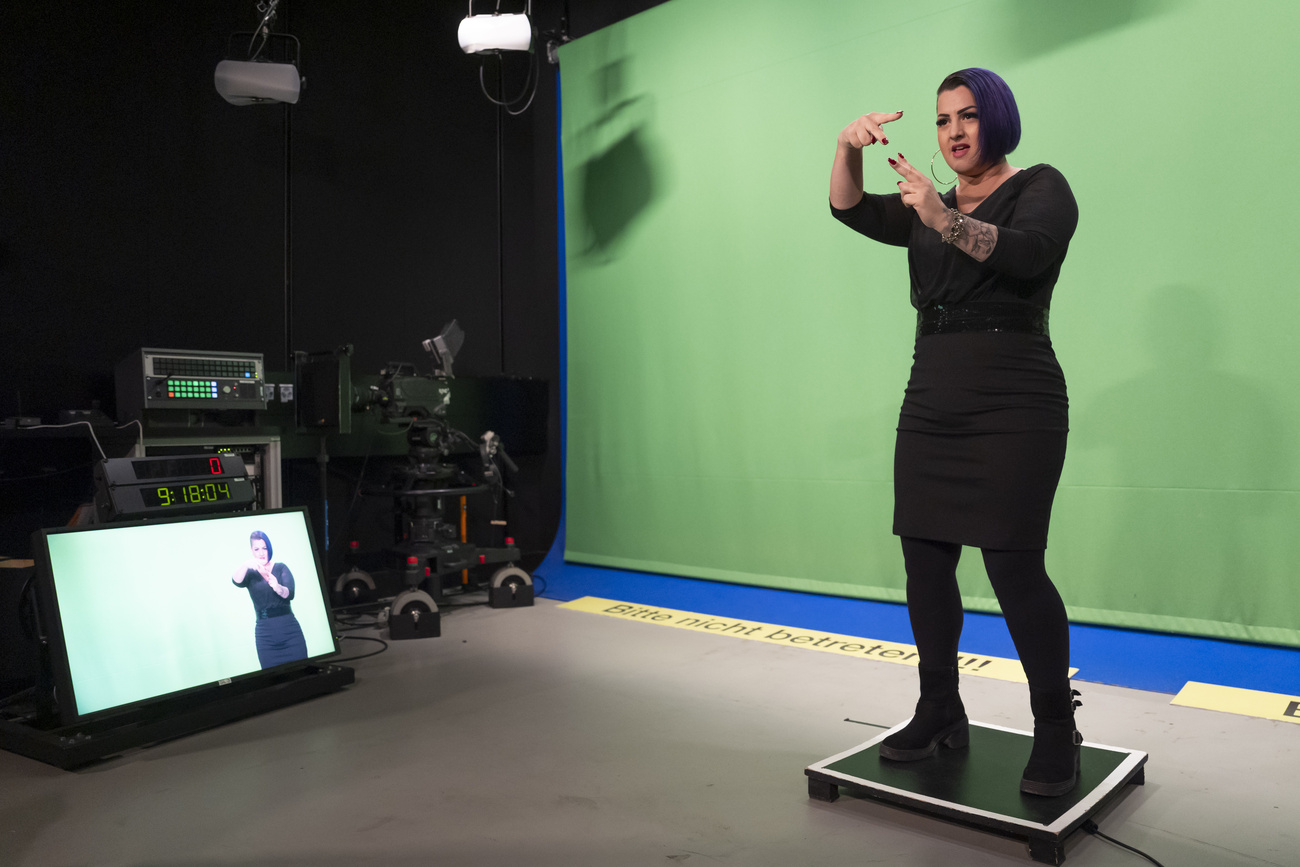


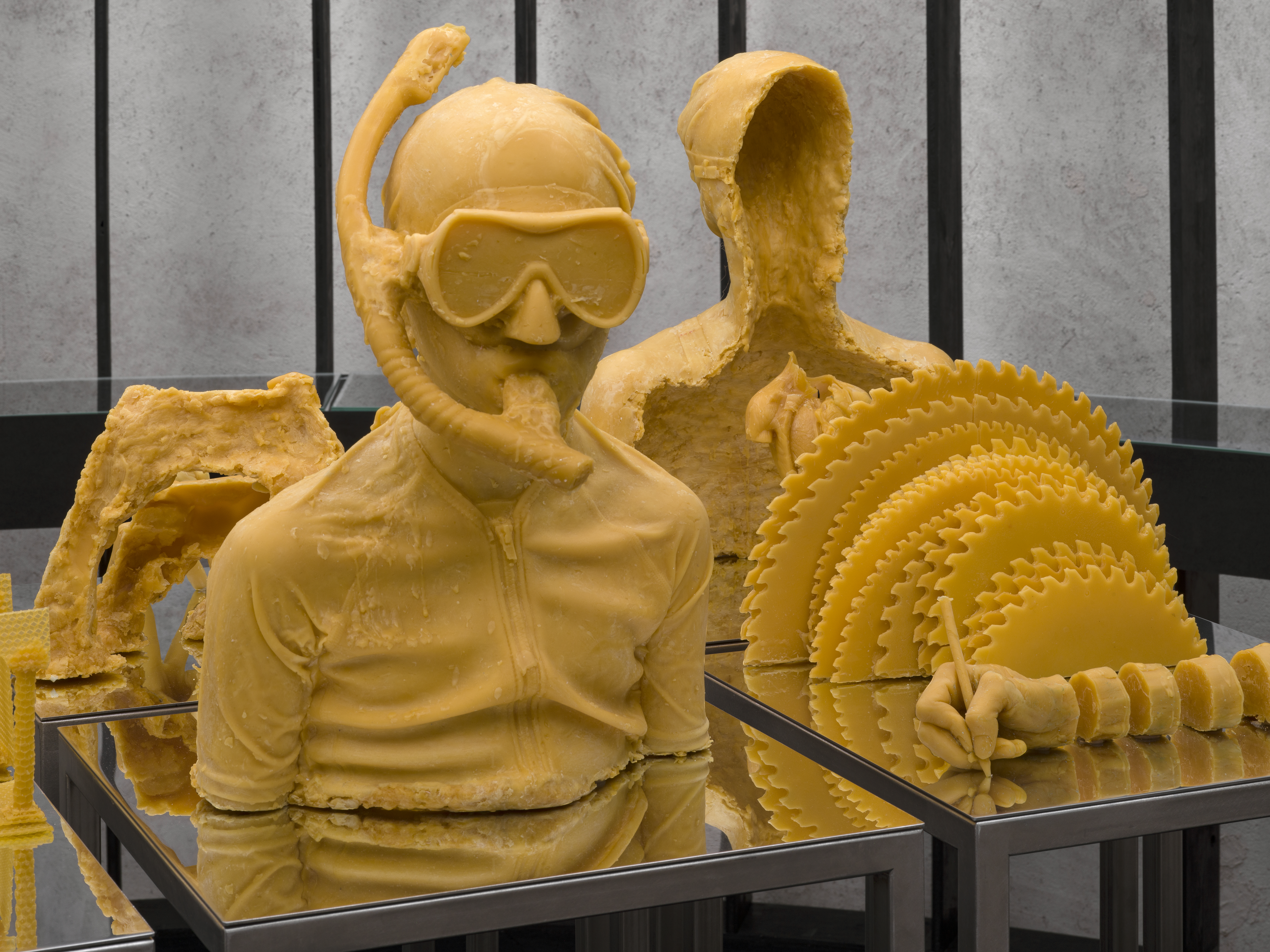
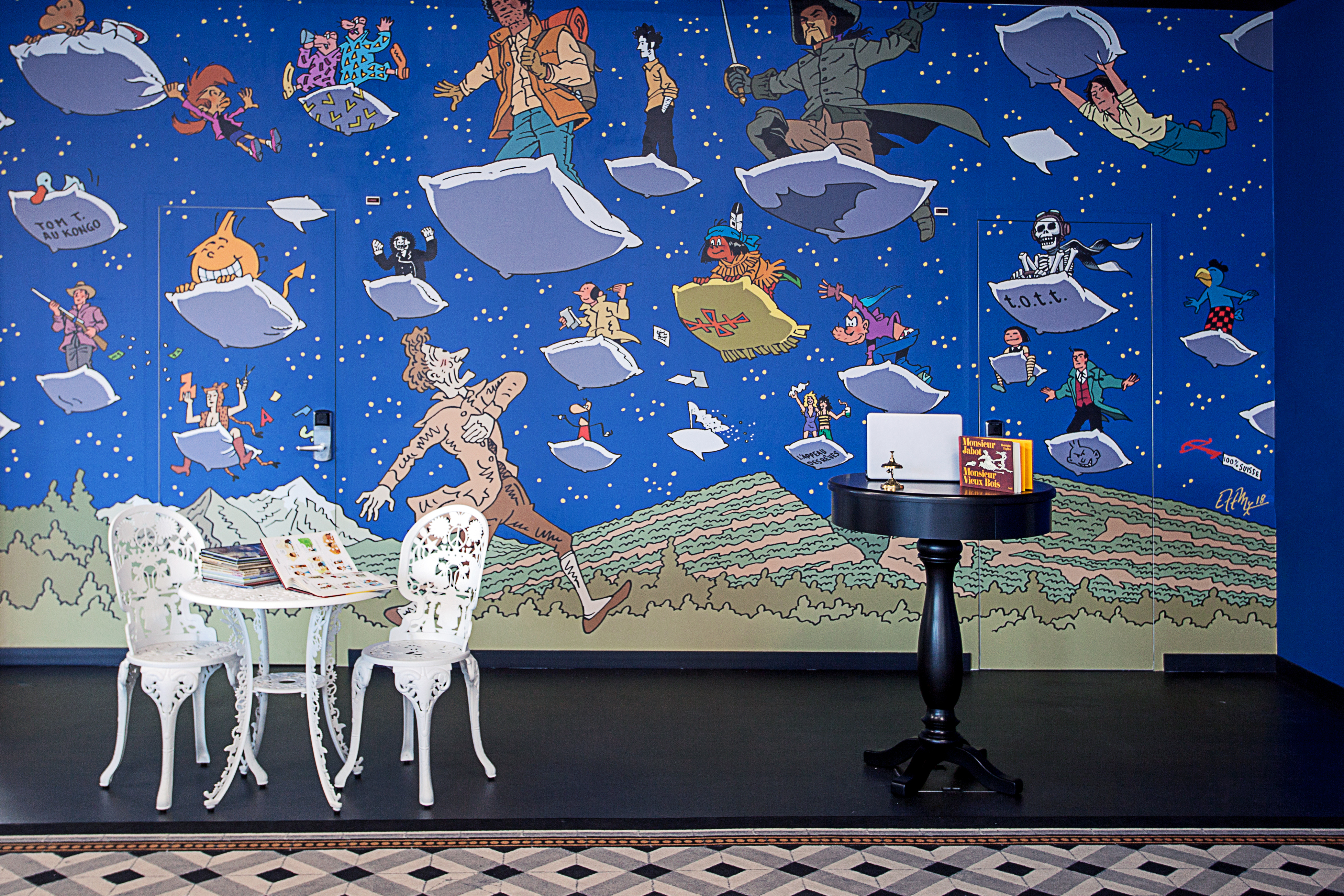









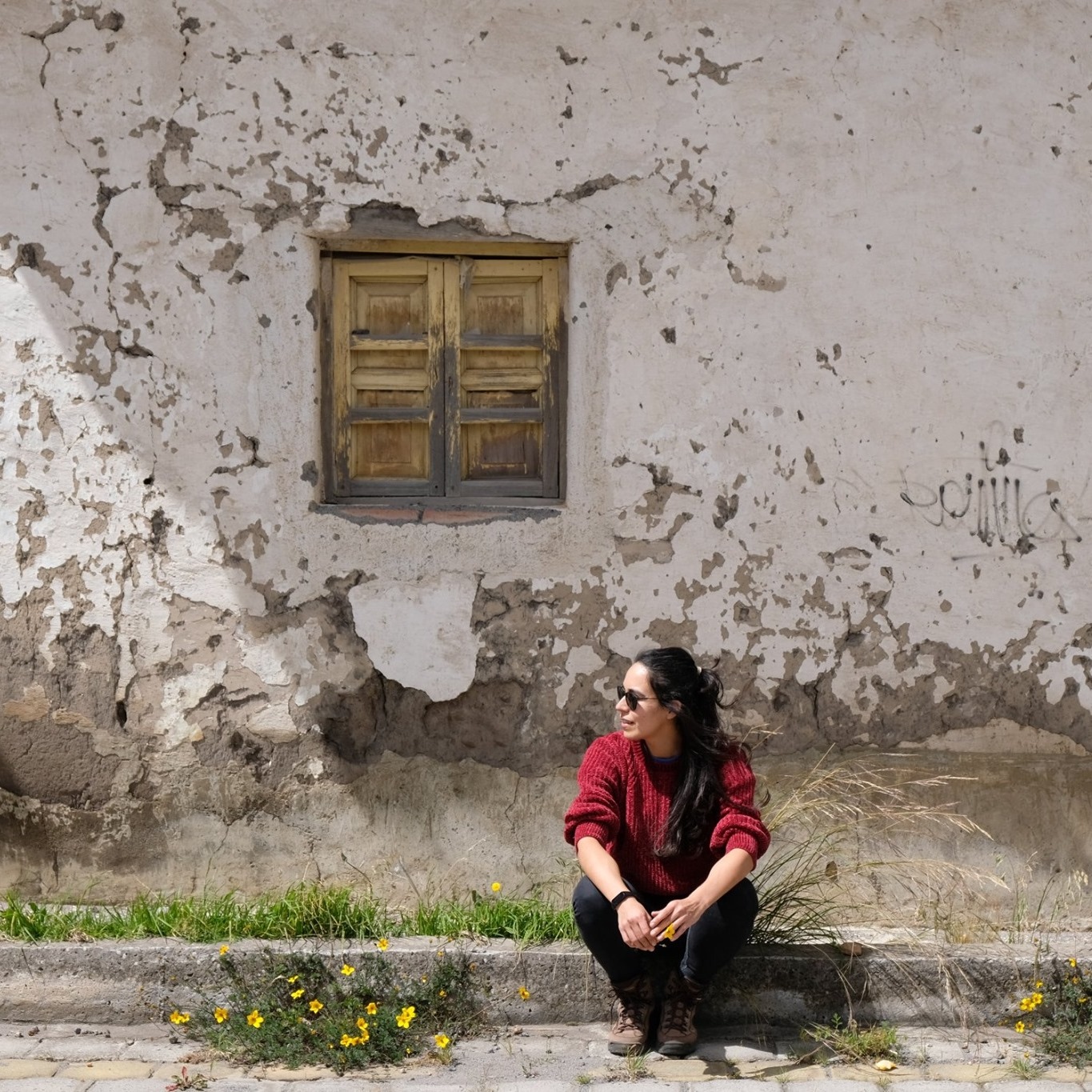

You can find an overview of ongoing debates with our journalists here . Please join us!
If you want to start a conversation about a topic raised in this article or want to report factual errors, email us at english@swissinfo.ch.